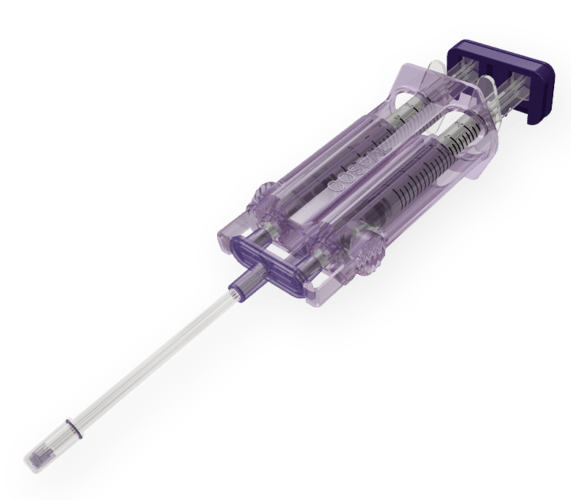COSEAL


Strong When You Need It
COSEAL can withstand postoperative spikes over 5x normal systolic pressure at up to 660 [+/- 150] mmHg, it remains at application site for 7 days and is resorbed in 30 days.2,3*
*Preclinical data. Results may not correlate to performance in humans.
Mechanism of Action
COSEAL is composed of two biocompatible polyethylene glycols that combine with dilute hydrogen chloride solution to rapidly form a covalently bonded hydrogel and adhere to both tissue and synthetic graft materials. Learn more about how COSEAL works.1
COSEAL Surgical Sealant: The Clear Choice
COSEAL Surgical Sealant has helped achieve adjunct hemostasis for the past 20 years. Hear from Joseph Bavaria, MD on his clinical experience.

Recent pre-clinical study on surgical sealants compares tissue reactions
Surgical sealants are commonly used to prevent bleeding following vascular repair and reconstruction, but an adverse response to a tissue sealant could result in poor healing, leading to the need for re-operation. A study published in early 2020 directly compared the aortic and peri-aortic tissue reactions to COSEAL Surgical Sealant and BioGlue Surgical Adhesive in a preclinical model.4*
*Pre-clinical data. Results may vary in humans.